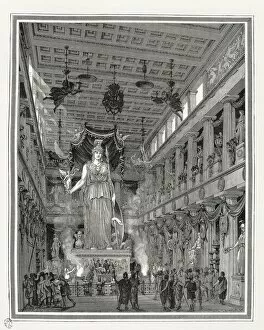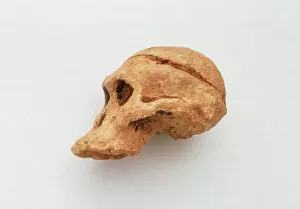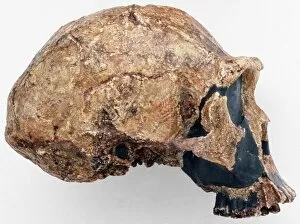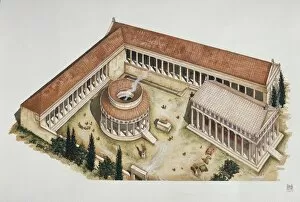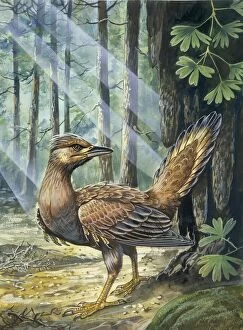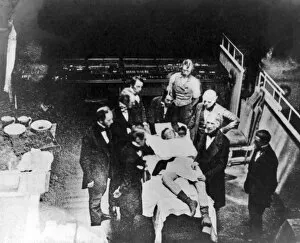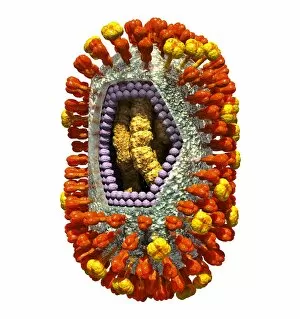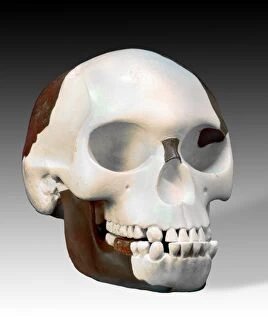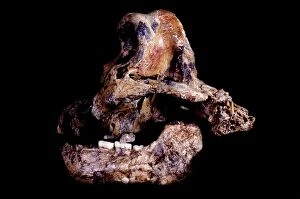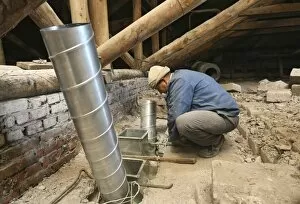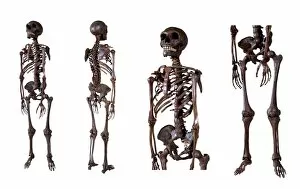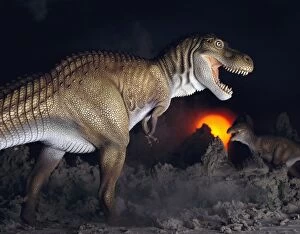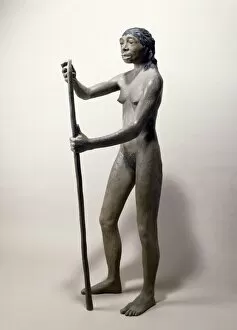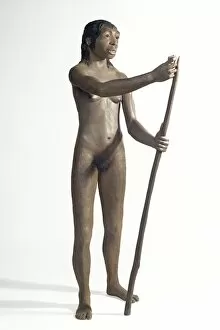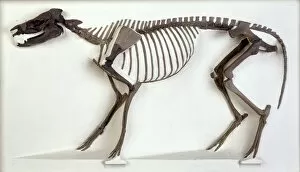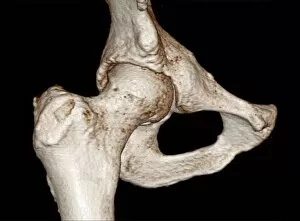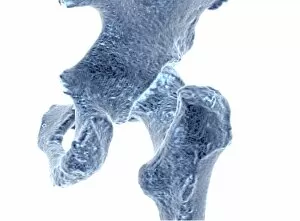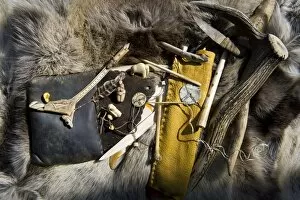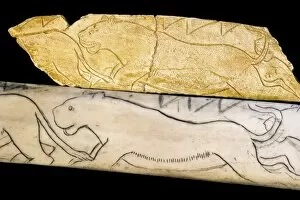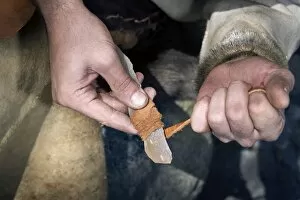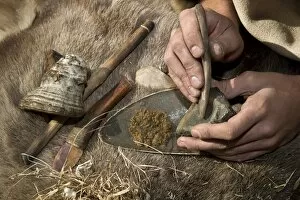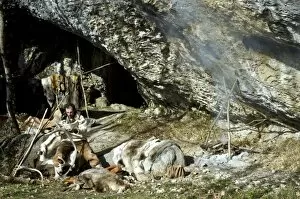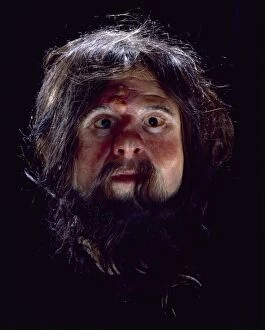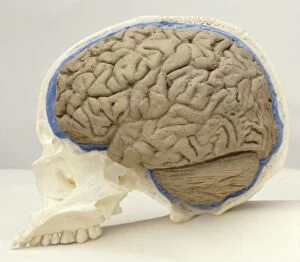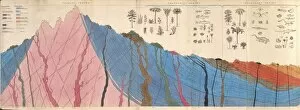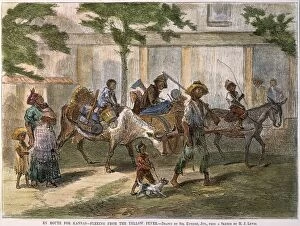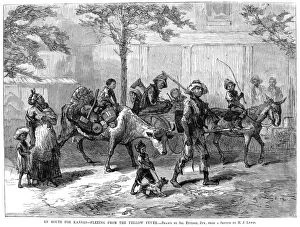Reconstruction Collection (page 44)
"Reconstruction: Unveiling the Tapestry of History" Step into a world where time unravels and history comes alive
For sale as Licensed Images
Choose your image, Select your licence and Download the media
"Reconstruction: Unveiling the Tapestry of History" Step into a world where time unravels and history comes alive. From the enigmatic Stonehenge landscape in 1600 to the discovery of British prehistoric marine reptiles in 1862, witness the remarkable journey of reconstruction. Marvel at the Mauritian Dodo, a compact bird with its curved brown bill and brown feet, as it takes you on a side view adventure through its lost paradise. Immerse yourself in The Tudors era, exploring their opulent lifestyle and intricate tapestries that adorned their palaces. Travel back even further to encounter the majestic Siberian unicorn roaming freely across snowy plains in 1908. Admire the grace and strength captured by Paionios' Statue of Nike in Olympia, Greece - an eternal symbol of victory frozen in time. Delve into our ancestral roots alongside Australopithecus and Rhodesian Man; discover how they shaped humanity's path towards progress. Celebrate diversity with pride as we honor The First Colored Senators and Representatives who made history during America's Reconstruction period in 1872. Witness restorations come to life at Crystal Palace Park's Wealden exhibit or step inside Shakespeare Exhibition at Earls Court for a glimpse into Elizabethan England. Feel awe-struck by Knossos' palace reconstruction, transporting you to ancient Minoan civilization. Finally, stand amidst grandeur within Rome's Roman Forum - meticulously reconstructed to reveal its former glory. Let these captivating reconstructions ignite your imagination as they bridge gaps between past civilizations and present-day understanding. Join us on this extraordinary journey through time as we unravel mysteries, revive forgotten worlds, and reconstruct fragments from our shared human heritage.

